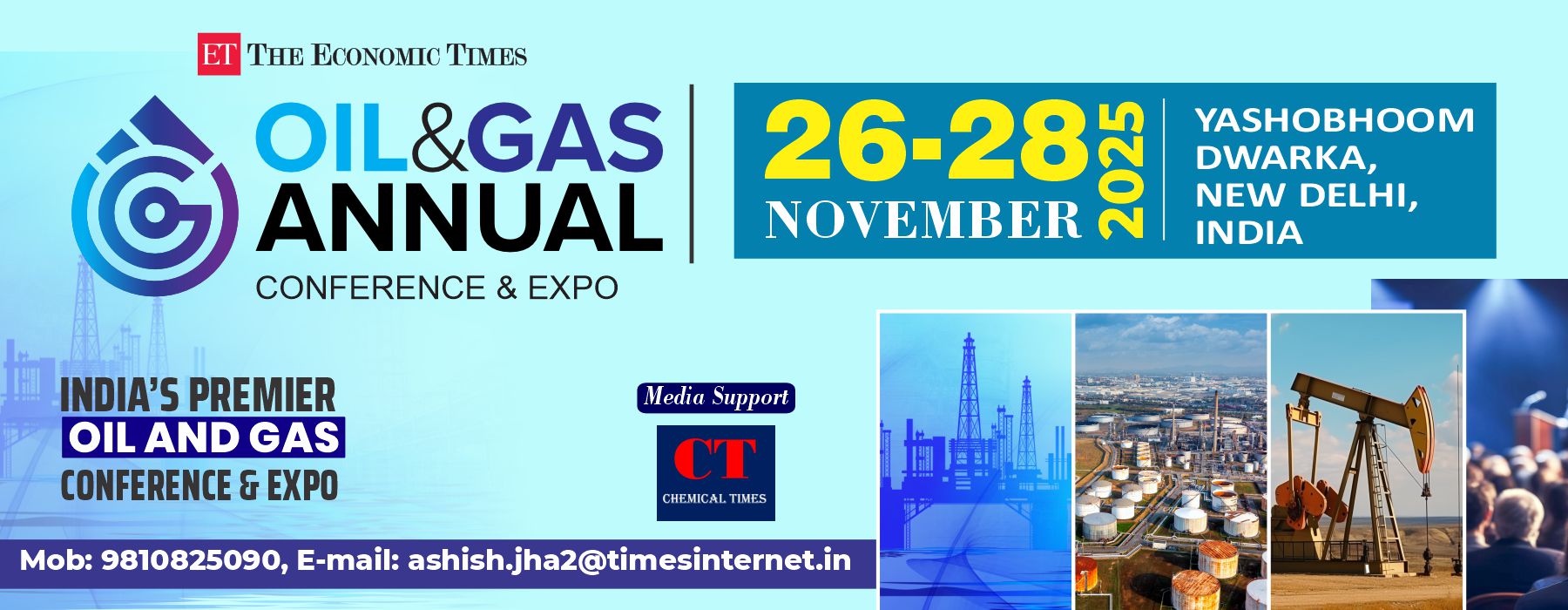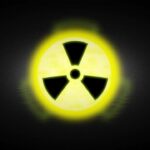Pool boiling is a fundamental heat transfer process that occurs when a liquid is heated from below a submerged surface, resulting in the formation of vapor. It is a key mechanism used in industries such as power generation, refrigeration, chemical processing, and cooling systems, where efficient heat exchange is crucial. By studying different pool boiling regimes, researchers and engineers can optimize heat transfer efficiency, ensure system safety, and prevent catastrophic failures.
This article explores the various pool boiling regimes, their characteristics, the factors that affect them, and the significance of understanding these regimes in practical applications.
What is Pool Boiling?
Pool boiling refers to the process in which a liquid is heated by a solid surface submerged in it, causing the liquid to change from its liquid state to vapor. As the heating surface transfers heat to the liquid, different boiling phenomena occur depending on the surface temperature and the heat flux (the rate of heat transfer per unit area).
The behavior of the boiling liquid is classified into different regimes, each with distinct heat transfer characteristics. These regimes can be graphically represented in a boiling curve, which shows the relationship between the temperature difference (ΔT\Delta TΔT) between the heating surface and the liquid, and the heat flux (q”q”q“).
The Pool Boiling Curve and Its Regimes
The pool boiling curve is an S-shaped graph that helps explain the heat transfer mechanisms at various stages of boiling. The curve divides the boiling process into four primary regimes:
- Natural Convection
- Nucleate Boiling
- Transition Boiling
- Film Boiling
Each regime operates with unique heat transfer characteristics and mechanisms.
1. Natural Convection Regime
- Region: The lower left part of the boiling curve, where the temperature difference is small.
- Mechanism: In this regime, boiling has not yet started, and heat is transferred from the surface to the liquid through natural convection. The heated liquid becomes less dense and rises, while cooler liquid replaces it, creating natural convection currents.
- Heat Transfer Efficiency: The heat transfer is relatively low because it relies on fluid movement rather than phase change.
2. Nucleate Boiling Regime
- Region: The steep, upward-sloping part of the boiling curve.
- Mechanism: As the surface temperature increases, nucleate boiling begins. Bubbles form at nucleation sites on the heating surface, grow, and detach into the liquid. This phase change process releases latent heat, enhancing the heat transfer rate.
- At the onset of nucleate boiling, bubbles form sporadically. As the temperature rises further, fully developed nucleate boiling occurs, where bubbles are formed and detached more rapidly and uniformly.
- Heat Transfer Efficiency: This regime provides the most efficient heat transfer, as the phase change from liquid to vapor transfers a significant amount of heat.
3. Transition Boiling Regime
- Region: The descending part of the curve after nucleate boiling, leading to a reduction in heat transfer efficiency.
- Mechanism: As the surface temperature increases further, bubbles coalesce and form an unstable vapor film that intermittently covers the heating surface. This film reduces the contact between the liquid and the surface, causing fluctuations in heat transfer.
- Heat Transfer Efficiency: The heat flux decreases, as the vapor film acts as an insulating layer, reducing the heat transfer rate. This regime represents an unstable boiling phase between nucleate and film boiling.
4. Film Boiling Regime
- Region: The rightmost part of the boiling curve, where heat flux reaches a minimum at the Leidenfrost point, before increasing again at higher temperatures.
- Mechanism: In film boiling, the heating surface is entirely covered by a stable vapor film, which prevents direct contact between the liquid and the surface. Heat is transferred primarily through radiation and conduction across the vapor film.
- Heat Transfer Efficiency: Initially, the heat transfer is less efficient due to the insulating vapor layer. However, as the surface temperature rises further, heat transfer improves through radiation.
Critical Heat Flux (CHF)
One of the most critical points on the pool boiling curve is the Critical Heat Flux (CHF). This is the maximum heat transfer rate achievable in the nucleate boiling regime before the transition to film boiling occurs. Beyond CHF, the boiling mechanism becomes unstable, and the heat flux decreases sharply.
Reaching CHF can be dangerous in industrial applications, such as nuclear power plants, where a sudden drop in heat transfer can lead to overheating, equipment failure, and, in extreme cases, accidents. Therefore, preventing the system from reaching CHF is crucial for safe and efficient operation.
Factors Influencing Pool Boiling Regimes
Several factors affect how the boiling process behaves and the transitions between different pool boiling regimes. Understanding these factors is essential for controlling and optimizing boiling in various applications.
1. Surface Characteristics
- The roughness, wettability, and presence of nucleation sites on the heating surface impact how easily bubbles form and detach. A rougher surface with more nucleation sites typically promotes more efficient nucleate boiling.
2. Liquid Properties
- The thermal properties of the liquid, such as its conductivity, viscosity, and latent heat of vaporization, influence the heat transfer characteristics. Liquids with high thermal conductivity allow more efficient heat transfer.
3. System Pressure
- Increased pressure raises the boiling point of the liquid, shifting the boiling curve. Under higher pressure, nucleate boiling can occur at higher temperatures, and the critical heat flux also increases.
4. Surface Orientation and Size
- The orientation (vertical or horizontal) and size of the heating surface affect bubble formation and detachment. Vertical surfaces can encourage faster bubble detachment, which may enhance heat transfer.
5. External Forces (Gravity, Magnetic Fields)
- Gravity affects the buoyancy of bubbles and their detachment from the surface. In reduced gravity environments, such as space, the dynamics of pool boiling differ significantly.
Applications and Importance of Pool Boiling Studies
The study of pool boiling regimes is crucial for optimizing heat transfer in various industrial and scientific applications. Some notable areas where pool boiling plays a significant role include:
- Nuclear Power Plants: Pool boiling is essential for cooling the reactor core. Understanding boiling regimes is vital to prevent critical heat flux scenarios, which can lead to overheating.
- Heat Exchangers: Efficient heat exchangers in chemical and mechanical systems rely on optimal boiling for heat transfer.
- Refrigeration and Air Conditioning: Boiling heat transfer in evaporators is crucial for efficient cooling in refrigeration and air conditioning systems.
Conclusion
The investigation of pool boiling regimes provides essential insights into how heat is transferred during the boiling process. Each regime—natural convection, nucleate boiling, transition boiling, and film boiling—has unique characteristics that influence the efficiency of heat transfer. Understanding the transitions between these regimes and the factors that affect them is critical for designing and operating systems that rely on boiling heat transfer.
By optimizing boiling processes, industries can improve energy efficiency, enhance safety, and prevent system failures, ensuring that heat transfer systems operate smoothly and effectively across a wide range of applications.



